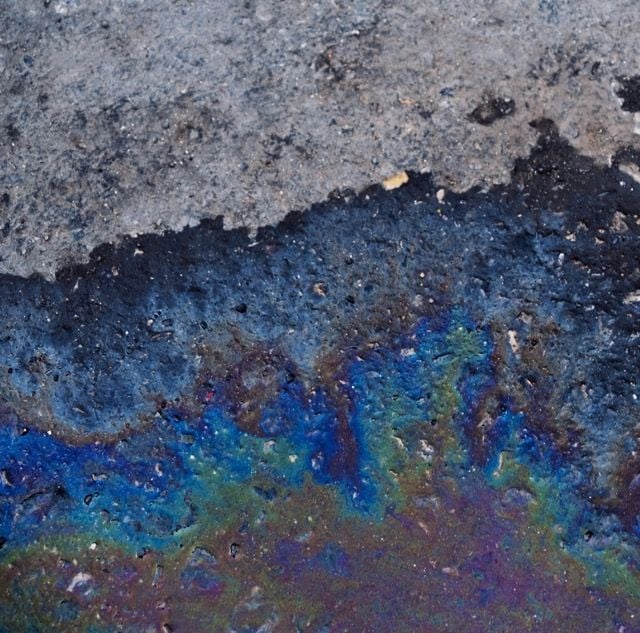Search for topics or resources
Enter your search below and hit enter or click the search icon.
Providing your email address will keep you updated should we need to provide updates specific to your location.
September 27th, 2022 | 2 min. read
By Sarah Etler

Cleaning and sealing your concrete can protect it from the following damage, and more:
Concrete contains calcium hydroxide, which reacts with the calcium chloride found in salt. This reaction creates calcium oxychloride, and when it forms inside of the concrete, its crystals expand and cause the concrete to crack and crumble.
Sealing can prevent the calcium chloride found in salt from entering the concrete, which prevents the reaction that causes damage.
Freeze-thaw cycles happen when the above-freezing temperature dips below freezing and back up again. This becomes a problem when there is water present in the concrete, as it expands when frozen, causing cracks. As the cracks form, they continue to worsen as more water is able to enter.
Freeze-thaw cycles create a lot of damage, but sealing can prevent water from absorbing into the concrete and freezing in the first place.
Damage in the form of surface chipping and cratering is called “surface spalling”. Surface spalling is caused by water or snow that constantly accumulates on the surface of the concrete and penetrates its pores, which expands and causes damage during freeze-thaw cycles.
Continuous concrete surface spalling can quickly deteriorate the integrity of your concrete, but sealing the concrete, even after spalling has begun, can greatly slow down that deterioration.
Unlike surface spalling, internal cracking happens when internal voids, rather than the surface, are filled with water and freeze, causing the voids to open and spread. As freeze-thaw cycles continue, the interior cracks can worsen and reach the surface of the concrete.
Sealing your concrete will help ensure internal cracking stays to a minimum and doesn’t affect your concrete’s surface.
In addition to the staining that comes with oil, petroleum products contain sulfur, which creates acid when combined with other molecules in concrete. This acid breaks down the concrete and accelerates its susceptibility to damage.
Making sure oil can’t get access to the concrete is the best way to minimize its effects. Sealing with a high-quality penetrating sealer will help keep oil stains and their harmful acids at bay.
When water has the chance to absorb into the concrete and stay stagnant, it creates the perfect environment for mold to grow. Preventing water from being absorbed into the concrete will help cut down drastically on mold growth on your concrete surfaces.
Check out the resources in our Learning Center, or click the link below to schedule a consultation with a member of the A-1 Concrete Leveling team!
Click Here to Find Your Nearest Location and Receive a FREE Estimate
Sarah Etler joined A-1 Concrete Leveling after receiving her Bachelor of Arts degree in English from Northern Kentucky University. As A-1's Content Marketing Manager, she works closely with industry experts to produce content that will best answer questions related to concrete repair and maintenance practices. Sarah loves living a life full of discovery and is excited every day to see what new things she can learn and share with those around her.